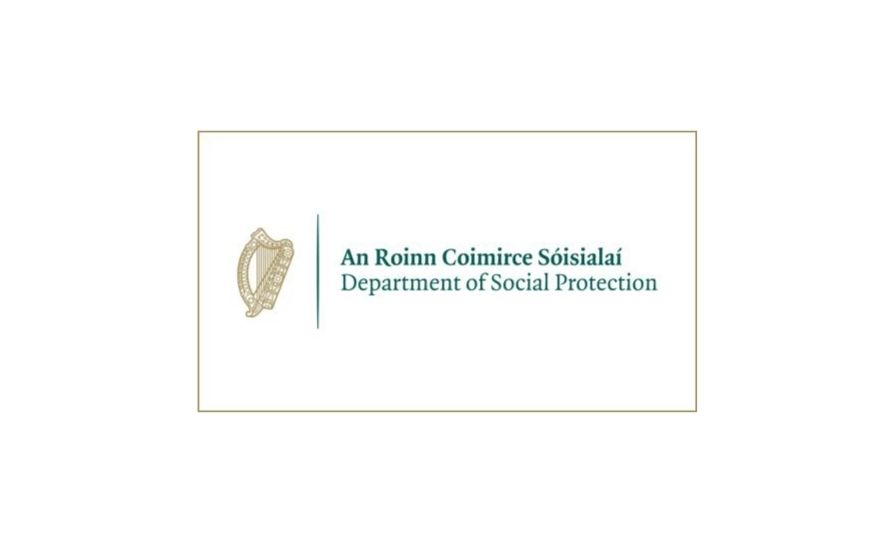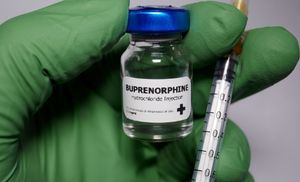The national public health emergency status for the proliferation of carbapenemase-producing Enterobacterales (CPE) in Irish healthcare remains in place, but will be stepped down in “the coming months”.
A Department of Health spokesperson told the Medical Independent (MI): “Due to the circumstances related to the Covid-19 pandemic and the recent cyberattack, the national public health emergency team for CPE has not yet had the opportunity to hold a final meeting and therefore the status of the public health emergency remains unchanged.”
“Significant progress has been made in responding to CPE across the healthcare system and it is planned to step down this public health emergency in the coming months.”
A HSE spokesperson told MI: “We continue to monitor for CPE colonisation and infection in line with our established processes. The indications are the situation is stable.”
Asked about any extra measures planned to control CPE during the upcoming winter period, the spokesperson said: “The comprehensive process for monitoring CPE acquisition has been maintained. The HSE is continuing to promote adherence to infection prevention and control measures to manage the risk of transmission of CPE. HSE-AMRIC [antimicrobial resistance and infection control programme] is currently reviewing infection prevention and control guidance on the control of CPE to ensure it meets current needs.”
According to the HPSC data, the provisional total of new patients with CPE for the first 27 weeks of 2021 was 268.
The total for the corresponding period in 2020 was 273. The HPSC’s CPE report for June stated there were
outbreaks reported at Tallaght University Hospital; St Luke’s General Hospital, Kilkenny; Beaumont Hospital, Dublin; Galway University Hospital; Sligo University Hospital; Cork University Hospital; and University Hospital Limerick.
Since late 2018, there has been an increasing recognition that, in addition to direct and indirect person-to-person spread, environmental reservoirs of these organisms in acute hospitals represents a significant source, noted
the HPSC report.
“Increasing numbers of hospitals are undertaking environmental testing in wards that are deemed potential high-risk areas. Moist areas, for example showers, sinks, and toilets are the most common locations from which CPE have been detected.” A low number of isolates of CPE detected in the hospital environment in 2020 was likely to be related to reduced sampling activity in the context of Covid-19, noted the report.
In October 2017, the rise of CPE in healthcare was declared a public health emergency by then Minister for
Health Simon Harris. At the time, he described “a rapid and worrying increase in the incidence of CPE in Ireland”
with a significant increase in numbers of cases of CPE in recent years. Known outbreaks had occurred in eight healthcare facilities in Ireland resulting in high costs and bed closures, he outlined.
Immunosuppressed patients are at particular risk of CPE infection, which carries a high mortality risk in the
context of extremely limited antibiotic treatment options.
Although treatment options are limited for all types of CPE, they are frequently even more limited for metallo-beta-lactamase-producing Enterobacterales, such as New Delhi metallo-beta-lactamase (NDM) and Verona Integron-encoded metallo-beta-lactamase (VIM), HSE guidance has noted.













Leave a Reply
You must be logged in to post a comment.